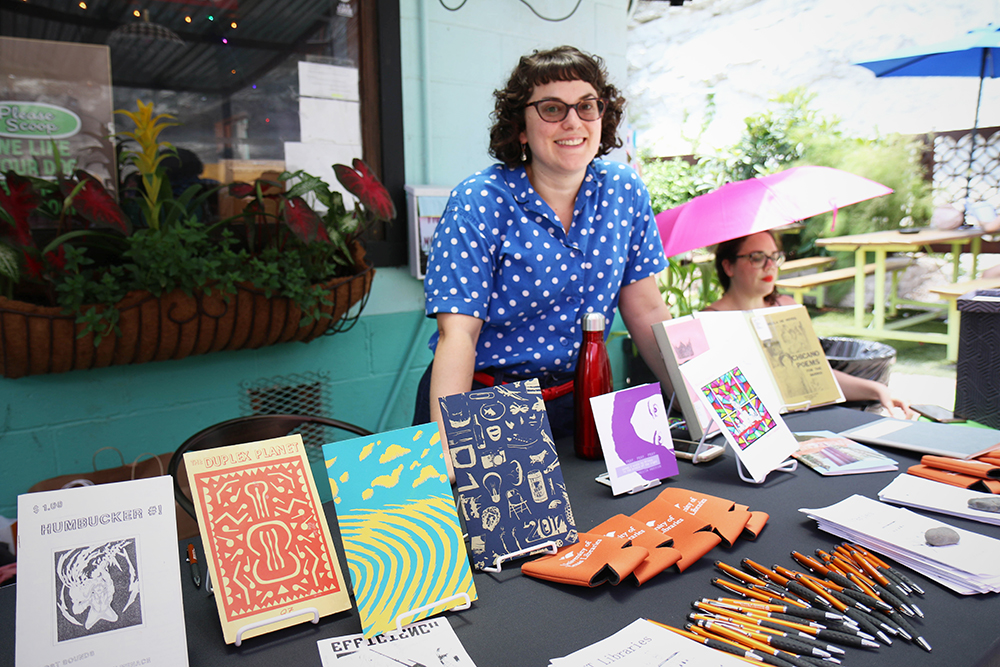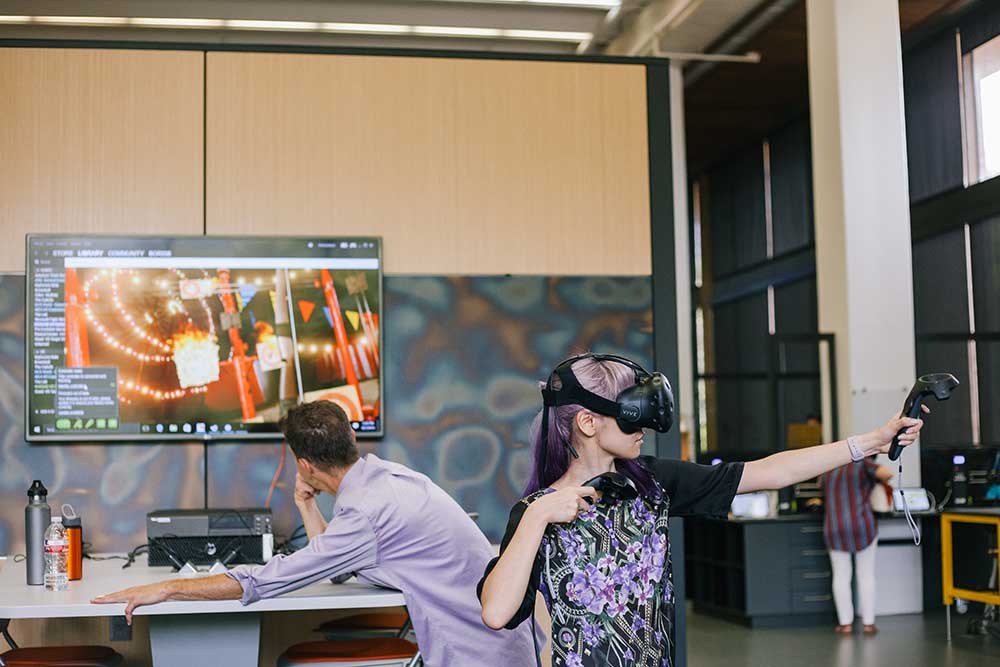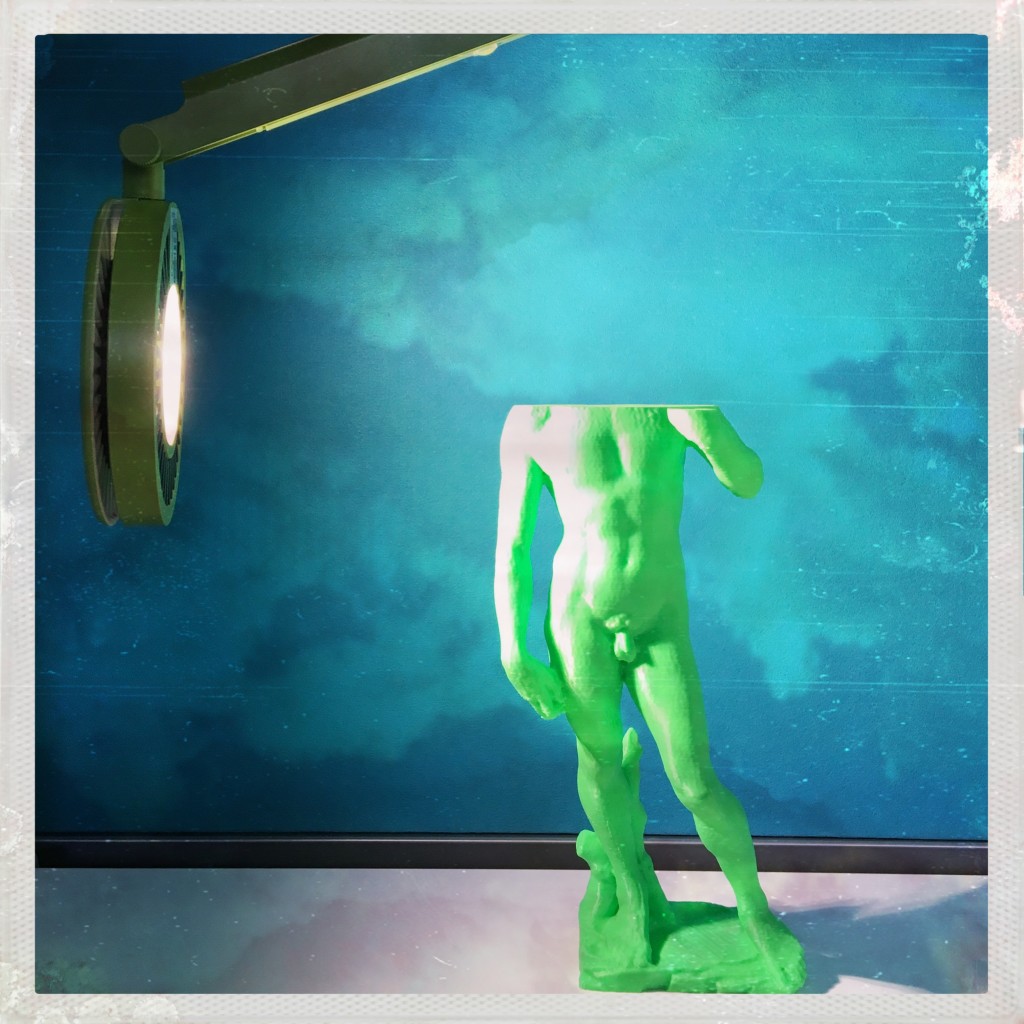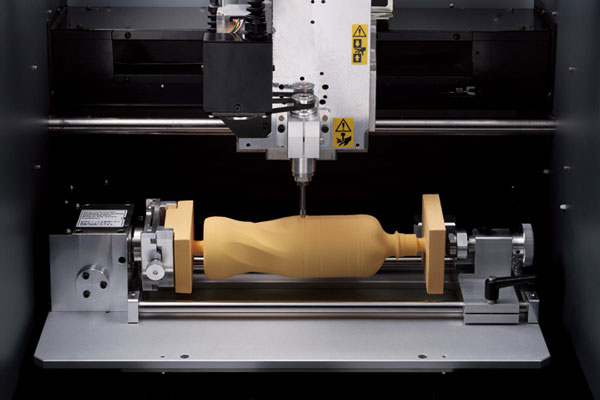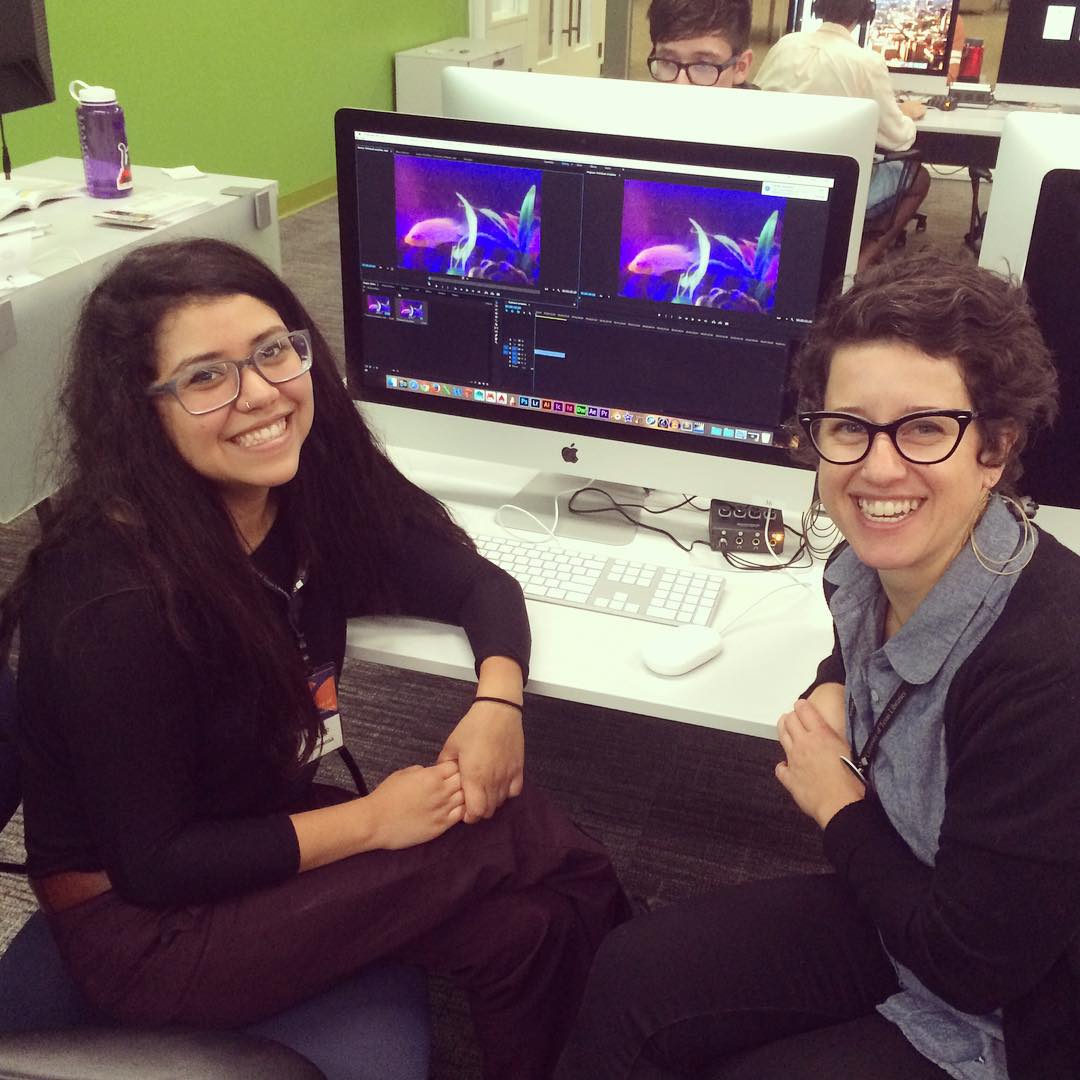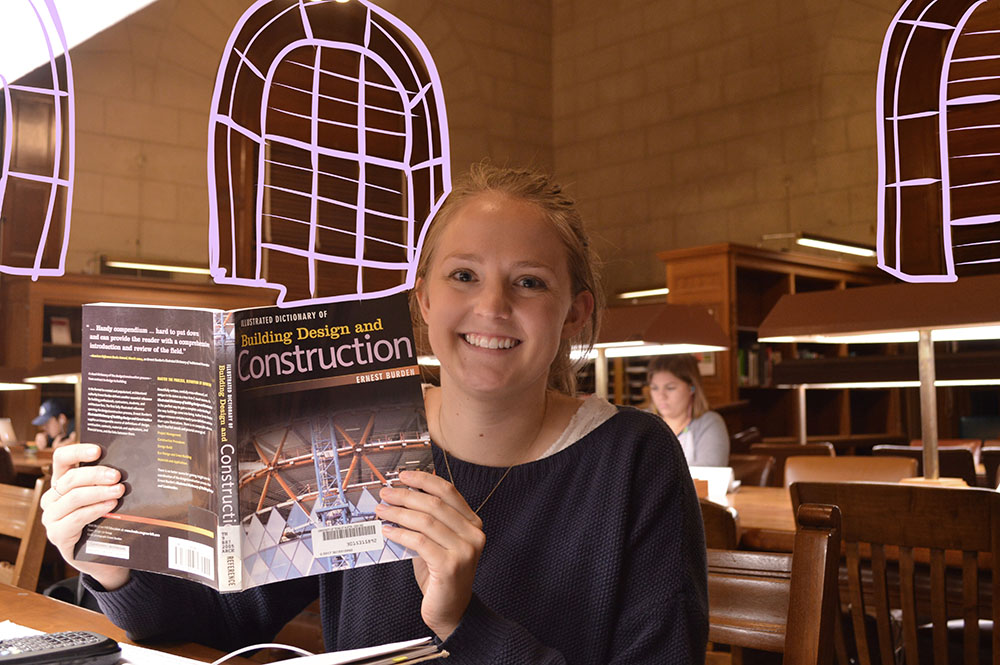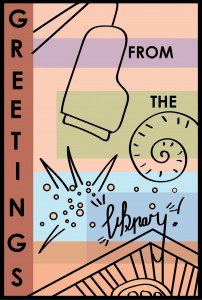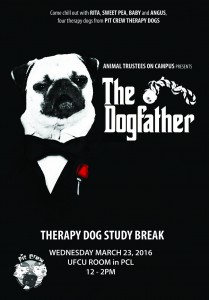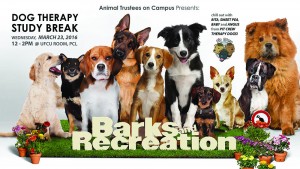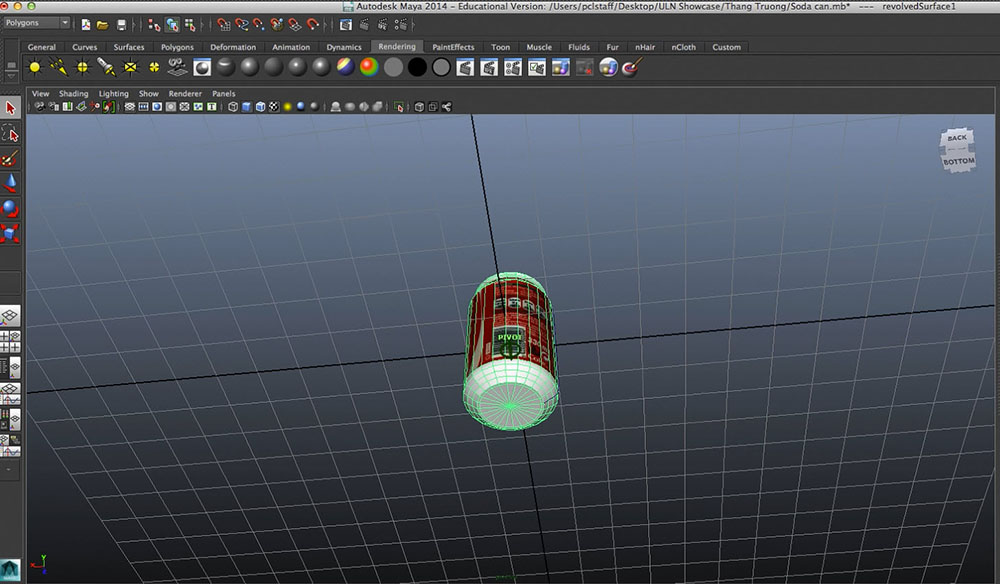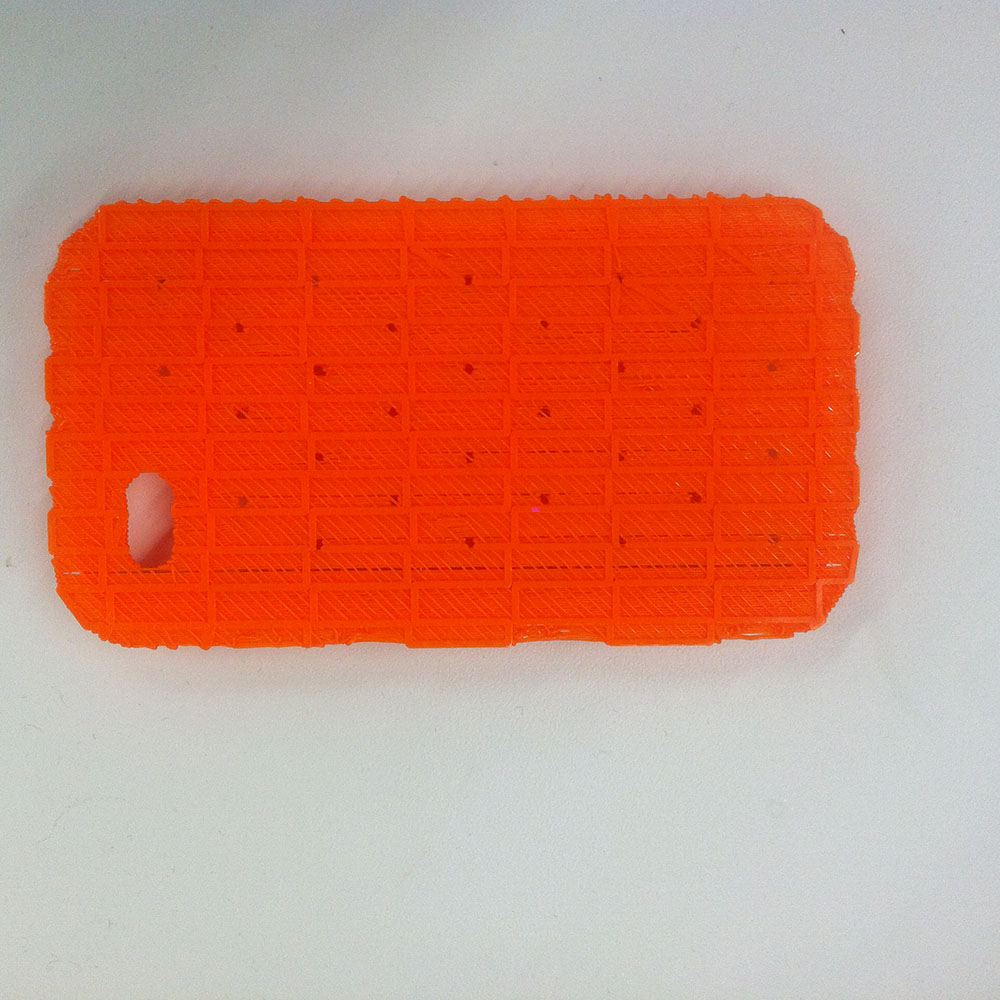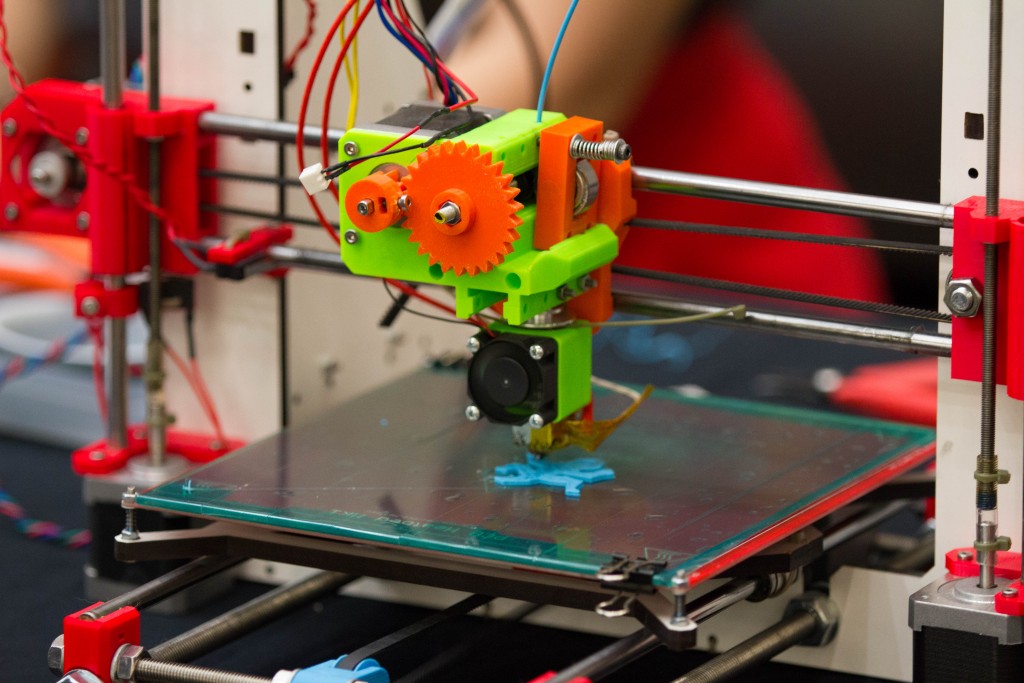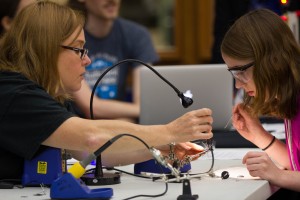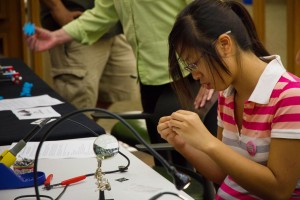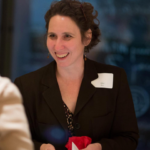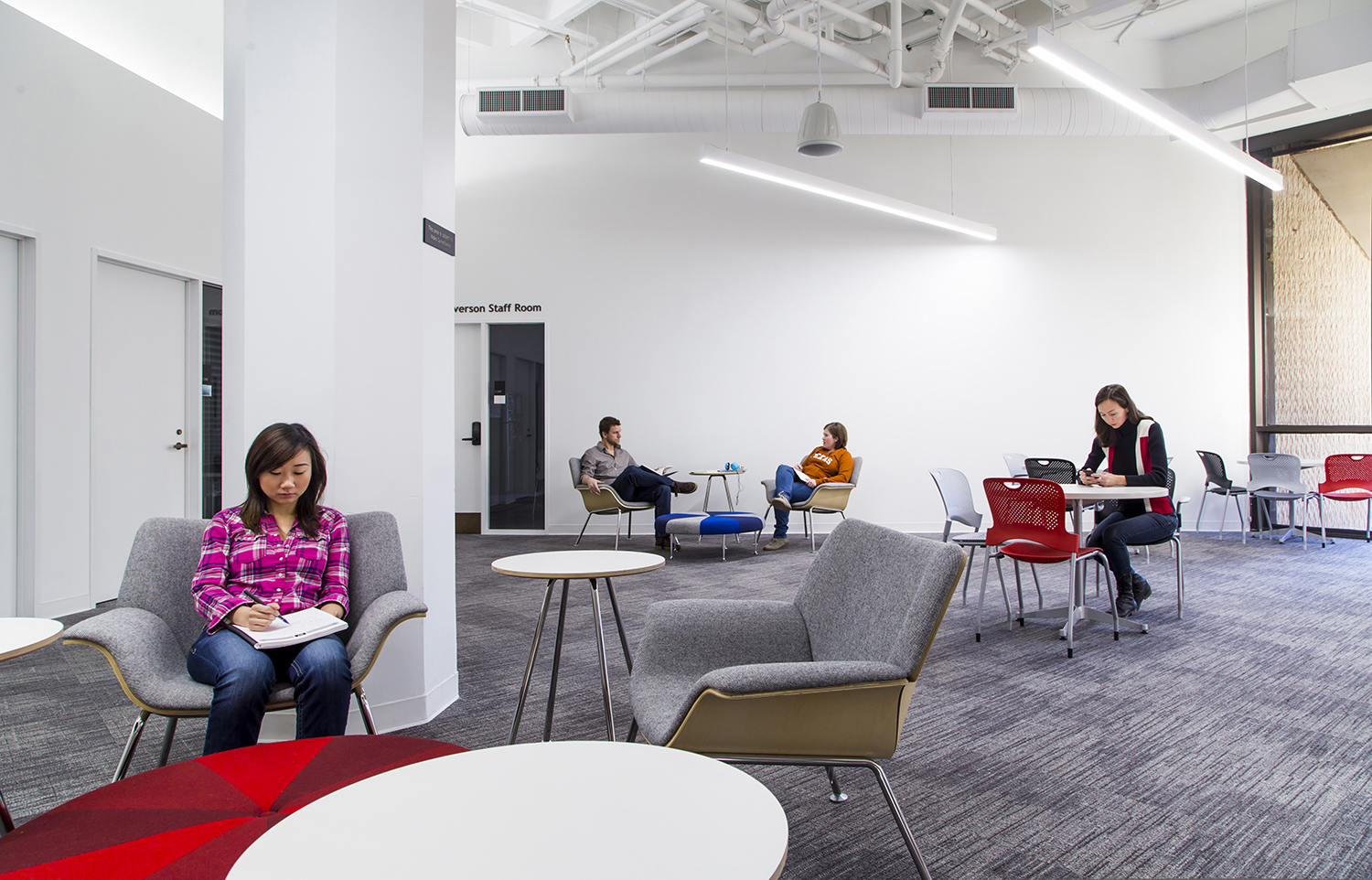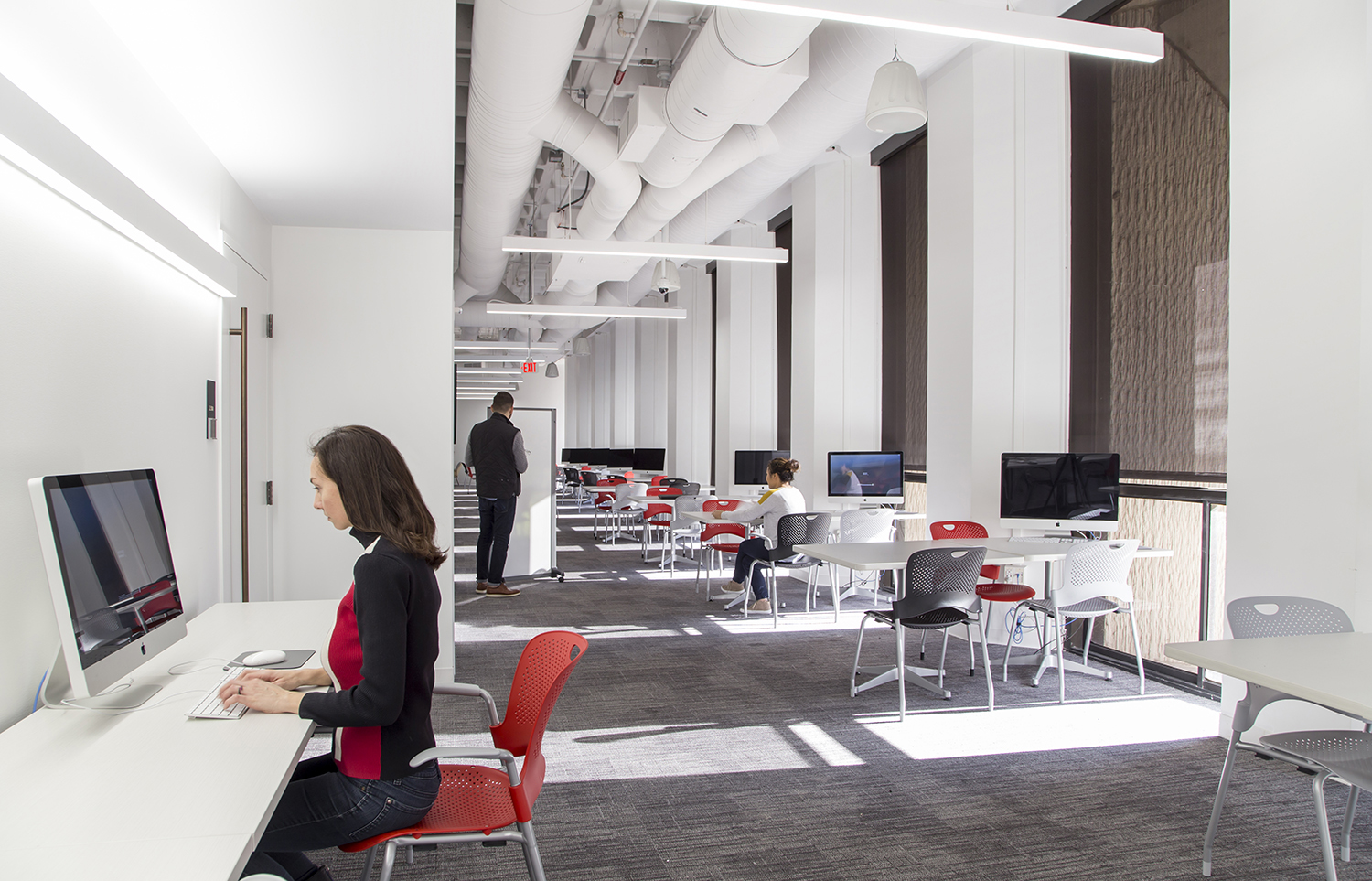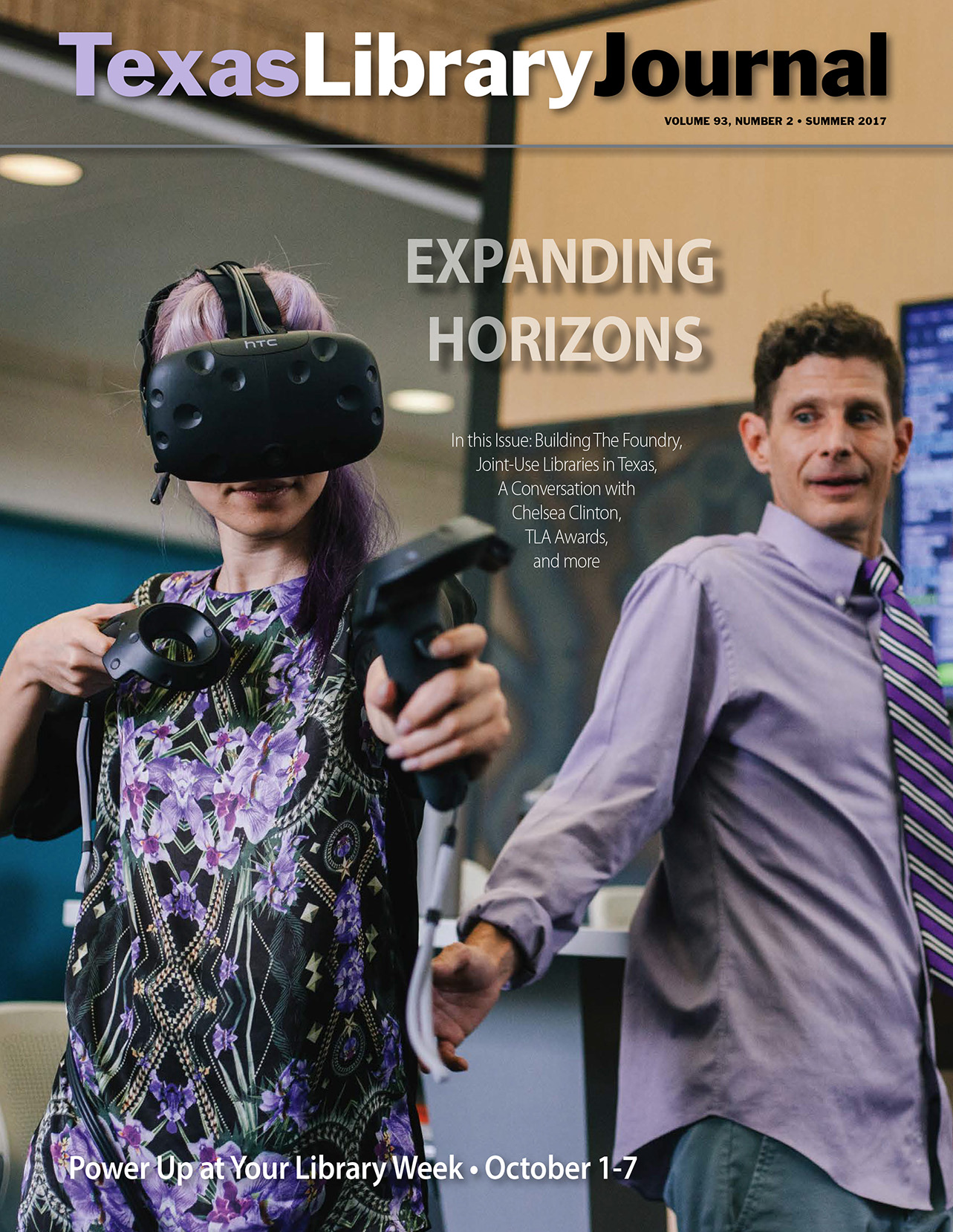
This article first appeared in Texas Library Journal, Volume 93, Number 2, Summer 2017.
Libraries have long been “third places” for community groups, students (both young and old), immigrants, national and international visitors, and members of the local the community. At their best, libraries provide patrons with safe spaces to engage with the written word, new technologies, new ideas, and new ways of thinking. Libraries expand the horizon of possibility in ways that are both emerging, and traditional. Library spaces are being transformed to include tinkering labs, community kitchens, makerspaces, and virtual reality rooms, all of which exist alongside books, newspapers, computers, and reference desks. These new ecosystems are ripe with the potential to connect people and create new communities.
As library administrators and staff consider what the new horizon will look like for patrons, it is important that we make that horizon accessible. When considering what an accessible horizon looks like in the context of emerging technologies, we should be mindful of our role as intermediaries and translators. Much like learning a new language, engaging with emerging technologies can be daunting. Without a framework for how to utilize or engage with new technologies in productive and enriching ways, our patrons could easily be discouraged, or worse, feel isolated in their learning endeavors. We can encourage and support patrons in their exploration by providing thoughtful programming, workshops and tours of our spaces, and by emphasizing jargon-free explanations of new technologies and their application in the real world. By providing an accessible framework for how to think about oneself in the context of emerging, technology-rich environments, we can empower patrons to move toward new horizons with confidence.
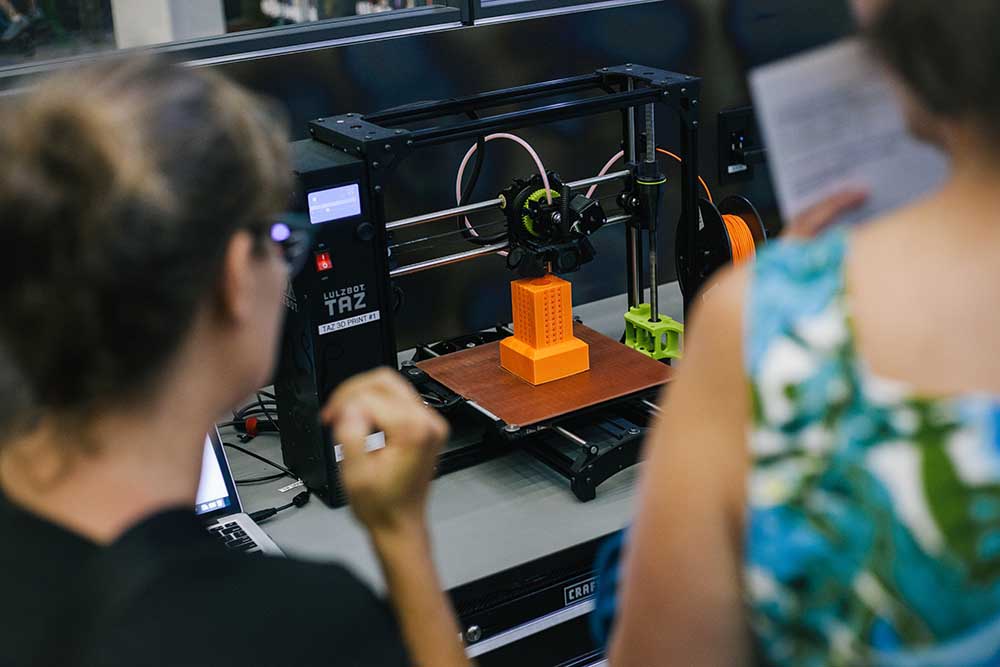
Libraries are the go-to place for knowledge-seekers looking to sharpen their intellectual capacity and understanding of everything from boolean logic to gardening in Texas soil. They provide books on the arts, and on creative practices like knitting, cooking, and photography, so why not provide a larger technical infrastructure that will enable patrons to integrate traditional creative practices with technology? Why not provide patrons with the tools and skills they need to move into new realms of possibility via the practice of making, and making alongside others? While creativity may come naturally for a large portion of the population, it isn’t necessarily a skill that is mastered overnight. Like many skills, creativity takes patience, practice, and a good support community. With many communities losing access to arts funding it is an opportune time for libraries to consider playing a role in the creative lives of citizens, and makerspaces are just one example of how libraries are rethinking their role.
A Brief History of The Foundry
The University of Texas Libraries’ exploration of makerspaces began in 2013 under the oversight of the former head of the Fine Arts Library, Laura Schwartz. During this time, a Special Interest Group (SIG) was charged with researching makerspace technologies within the scope of academic libraries. The group’s findings provided insight into what services are typically made available through these spaces. Following this period of exploration, the Libraries began to pursue funding from outside sources in order to renovate existing library spaces to accommodate new technologies.
In 2014, the Libraries applied for a Longhorn Innovation Fund for Technology (LIFT) Grant and an Institute of Museum & Library Services (IMLS) grant. Neither of these applications was successful.
However, even before funding was secured for the makerspace, the Libraries decided to move forward with a project to build a recording studio in the Fine Arts Library. In spring of 2015, the Libraries participated in the second round of the university’s project fundraising tool Hornraiser — a new crowdfunding operation launched by the university development office — which netted over $15,000 for the studio, and served as a kind of proof of intention to create a larger creative space.
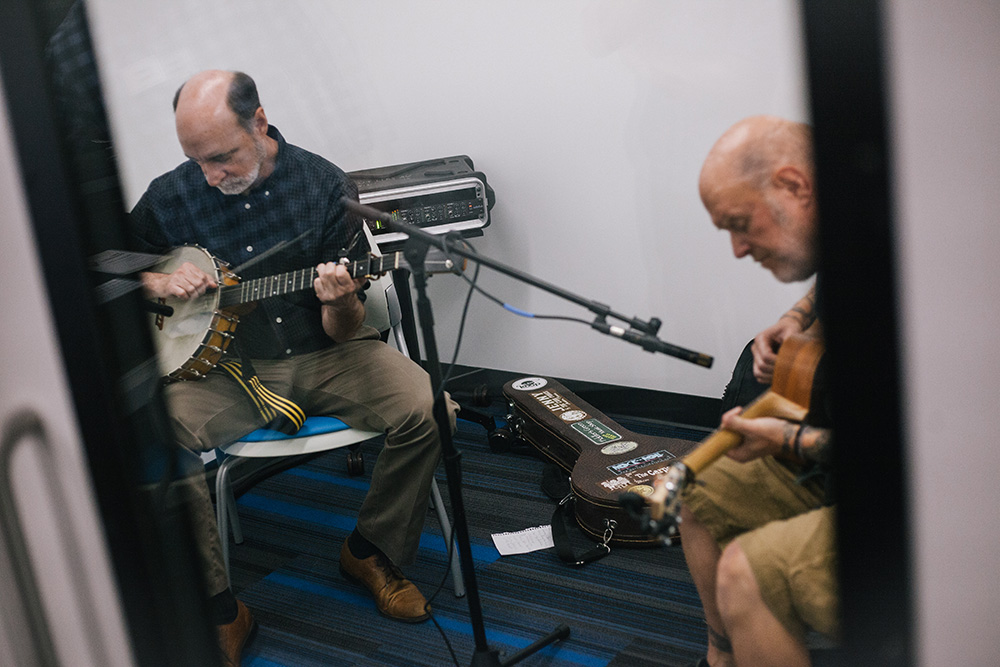
In 2015, the university’s College of Fine Arts (COFA) launched a new program, the Center for Arts and Entertainment Technologies (CAET) which provided additional purpose and created a partnership for the development of the space. The Libraries coordinated fundraising efforts with COFA and the Provost’s office with the expressed purpose of collaborating with CAET to build tools and services in support of the program. A proposal to the Hearst Foundations was rewarded with $200,000 in grant monies to create a makerspace that would be available to anyone on campus, regardless of major or departmental affiliation.
To supplement the Hearst Foundations grant award, COFA and the provost provided additional funding to support the Fine Arts Library renovation, the purchase of makerspace technologies, and staffing for the new space. Two key positions were established to support the program and new functionality in the library. The Arts & Creative Technologies Librarian is responsible for day to day operations and provides support to faculty across campus in order to integrate The Foundry into the curriculum, and the Media Support Technician provides support for the equipment and facilities.
With staffing and funding largely secured, the Libraries worked with designer Harmony Edwards (Edwards + Mulhausen) to seek input from campus stakeholders; faculty, staff and students were invited to provide feedback during design charrettes and focus groups. These discussions allowed the Libraries to better understand how faculty and students envisioned a makerspace, how they might engage with the technology in that space, and if they were currently using makerspace technology in their personal or professional work.
By early 2016, Libraries staff purchased multiple 3D printers, technology for a video wall, top-of-the-line Mac Pros, Bernina sewing machines, a 3D scanner, a large format printer/cutter, two mills, a laser cutter, and an array of additional tools based on feedback from earlier stakeholder conversations. This technology, combined with the high-end audio equipment that would reside in the recording studio, formed the foundation of what was to be known as “The Foundry.”
Construction took place at a fevered pace over the summer of 2016. In early September, The Foundry’s impressive grand opening was celebrated with overflow crowds from the campus community and beyond in attendance.
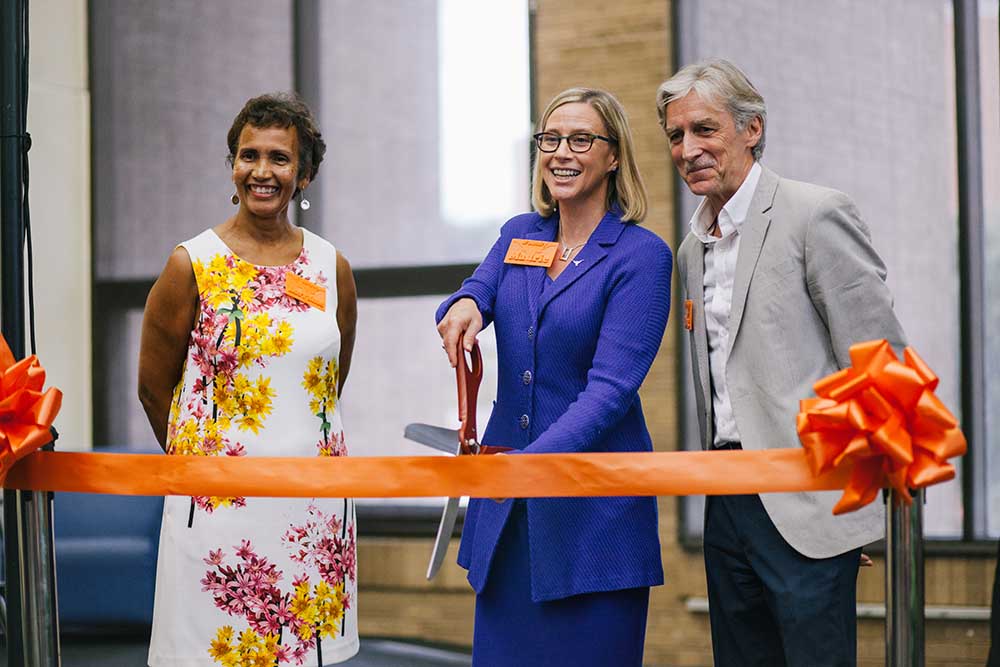
After the initial success of the launch and praise for the exceptional results had subsided, the difficult work of developing processes and a structure for use of The Foundry began in earnest. The following months were considered a rollout period and involved developing an assessment plan, workflows for equipment certification and use, bringing equipment online, and developing learning materials that would support student and faculty engagement with the space.
As of May 2017, The Foundry is almost fully operational.
Lessons Learned
There is always a learning process involved in doing something for the first time, and it was no different building a creative space full of machines in the middle of a library originally designed for quiet reflection and housing books. Here are a few bits of practical advice to keep in mind.
When bringing a makerspace online, it is important to develop effective and productive working relationships with campus departments. At The University of Texas at Austin, the Office of Environmental Health & Safety is responsible for oversight of campus facilities. This group is charged with developing safety training procedures for labs and shops across campus. New technology-rich spaces like The Foundry present a challenge when developing safety protocols. Makerspaces aren’t necessarily as dangerous as a wood shop with a large table saw, but the spaces do present safety challenges, and therefore need to have sufficient safety training procedures in place. Negotiating the terms of these procedures with institutional partners is a key component of a successful launch, and the time involved in this should not be underestimated. When considering a makerspace for a school, college, or university, relevant campus safety services should participate in planning conversations from the project’s initiation. Experts can advise on compliance requirements, and may even work directly with principals to develop safety procedures that are customized to the proposed space.
Aside from ensuring that patrons are safe, administrative procedures and workflows need to be addressed. Depending upon campus size, seemingly small workflows could potentially take longer than expected to develop. Will patrons be paying for their 3D prints? Which pieces of equipment warrant safety certification, and which can be made freely available without training? Who should be teaching the certification classes? How long should a patron be able to use a piece of equipment? All of these questions help inform the workflow development, and will help inform the character and value of the makerspace.
Prioritizing the development of an assessment plan, or, at a minimum, a mission statement, will present the vision for a makerspace, and allow progress towards that vision to be monitored in measurable increments. Makerspace technology can be intimidating to many students and faculty. Foundry staff are addressing this concern through the assessment plan, and by closely monitoring how welcome patrons feel in the space. Surveys are a great tool to better understand how patrons are engaging with spaces, services, and technical resources, and, in the case of The Foundry, assist in monitoring progress towards creating a welcoming space. Survey data can and should inform planning discussions, and can assist administrators in demonstrating an operational commitment to the mission.
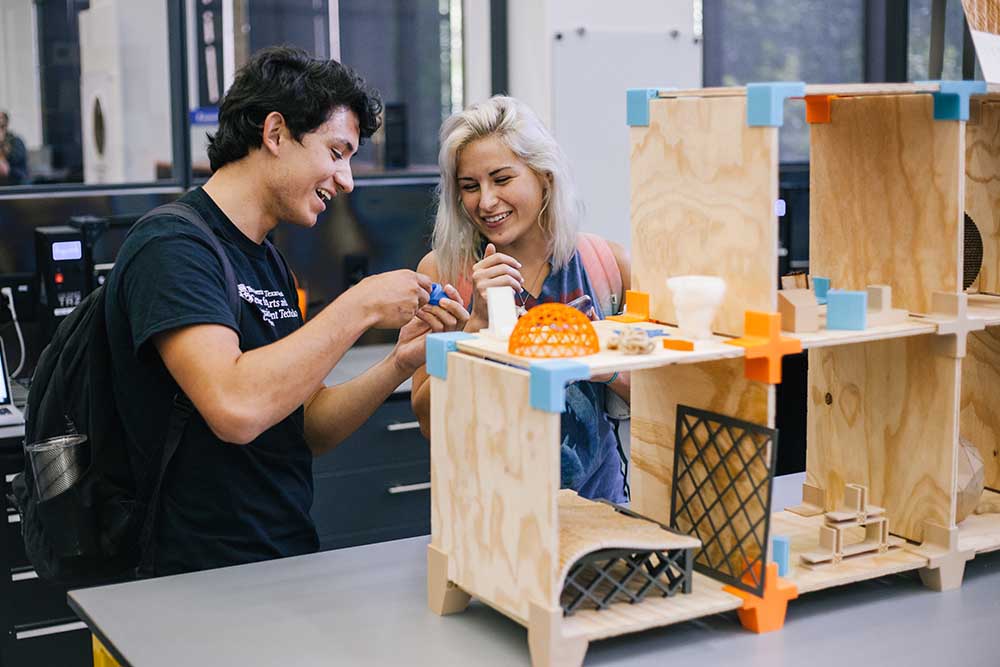
Looking ahead to the next year, The Foundry will cross-reference data from multiple sources in order to refine existing workflows, and accommodate growing interest from faculty across campus. Increasing the number of strategic partnerships will hopefully open the door to interdisciplinary use of the space, with faculty from multiple departments partnering to teach workshops or courses that use Foundry resources. Additional funding and staffing will inevitably need to be pursued in order to accommodate these demands.
Even though The Foundry is in its infancy, it has generated enormous excitement across campus. Potential partners are continuously connecting with Foundry staff to discuss their ideas for collaborative use of the space. Faculty, staff, and students are demonstrating a vested interest in the space by submitting requests for new technology and services, and by sending positive words of encouragement, along with articles about makerspace projects that are inspiring to them. This type of excitement and willingness to stay engaged with a space can be difficult to find on large research university campuses, where competition for internal and external funding can be fierce. If the excitement, enthusiasm, and generosity of the campus community aren’t evidence of the value of a makerspace, then what is? When thinking about creating new communities, the final product may be less important than the process used to get there. Breaking down departmental and organizational barriers is not for the faint of heart, but with a willingness to collaborate and tackle challenges alongside one another, it can be done.
Amber Welch is Head of Technology Enhanced Learning at the University of Texas Libraries.

